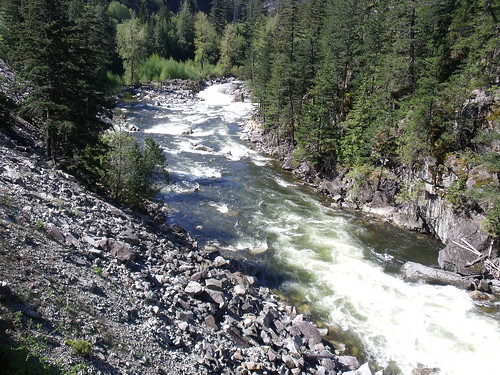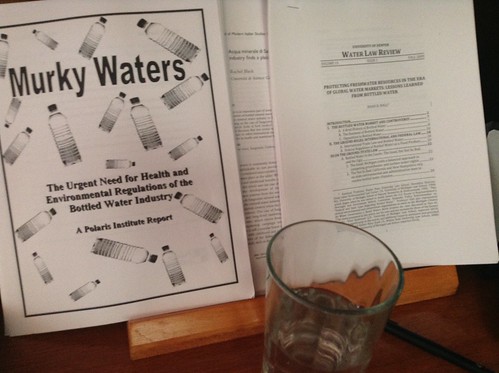By some people’s standards I could consider myself a very successful academic. I have a job I love at a prestigious, internationally-recognized institution, I have a low teaching load, have successfully raised extramural grant money to execute projects, I have brilliant students, both undergraduate and graduate. I absolutely love my research and have fantastic collaborators worldwide and wonderful colleagues at my institution’s campuses.
Definitions of success in academia need to be as varied as the hypotheses we pose. To some, being in a tenure-track or tenured is success.
— Dr Raul Pacheco-Vega (@raulpacheco) April 17, 2014
Yet, I can’t help but remind myself that definitions of success vary. I’m not a fan of “publish-or-perish”, and sometimes I defy the old canon by refusing to engage in it. Yet other times, I just can’t stop myself from writing about a research topic because it really ignites a fire inside me and I’m passionate about it (ask me about my recent work on water privatization, for example, or my career-long scholarship on wastewater governance).
However, I should also admit that this time a decade ago, I was just happy to be alive, and I considered that a success. I had just broken up with my fiance, and my world was crumbling underneath my feet. The pressure of completing a PhD, plus my own personal goals shattered by the loss of the person I thought I was going to marry, were overwhelming. Yet I survived, thrived, completed my PhD, managed to publish a few things and now have a fantastic position, and a research trajectory that fascinates me.
In the current environment of higher education, with funding cuts, loss of tenure-track positions, increasing pressure on graduates to find jobs, and grave mental health problems in academia, we cant’ afford to measure success the same way for everyone. For many academics who face disability challenges, just reading one page or writing 100 words per day should be considered a success. Heck, being alive is success.
To others, success would be measured by surviving the PhD defense and just having the degree. And for others, just being alive is a success.
— Dr Raul Pacheco-Vega (@raulpacheco) April 17, 2014
So let's stop equating success in academia to how many papers we publish, how many books we have out, and find OUR own definition of success
— Dr Raul Pacheco-Vega (@raulpacheco) April 17, 2014
For many academics, success should include being able to balance their personal life with their professional one. Or having time to spend with their children. OR having time for themselves. Success is such a personal component of life that I find associating it with the professional side ends up hurting us more than helping us. For me, because I was so ill at ISA 2014, success meant having the physical energy to participate in my own panel and comment another one.
Anybody who thinks academic success is not a function of scholars' emotional states is deluded. We are HUMANS who do research, not robots.
— Dr Raul Pacheco-Vega (@raulpacheco) May 17, 2013
Let’s redefine success in academia not only based on books, book articles, chapters, but on what is really relevant to us. My research is policy-relevant. I’m doing what I love and getting paid for it. And I am spending time with my parents, my friends and my loved ones.
To me, that’s success.







Recent Comments